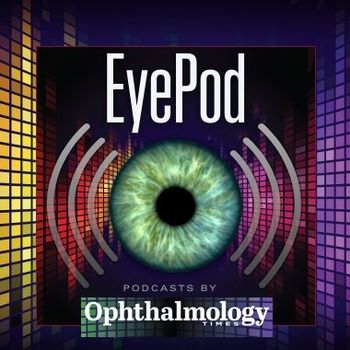
Inflammatory bowel disease does not have ocular manifestations
In a study, investigators found that no characteristics of inflammatory bowel disease are related to ocular manifestations of the disease.
Alix Cuny, MD, and colleagues from multiple institutions in France and Italy found that no characteristics of inflammatory bowel disease (IBD) are related to ocular manifestations of the disease.
Cuny is from the Department of Ophthalmology, Nancy University Hospital, Nancy, France.
IBD includes ulcerative colitis (UC) and Crohn’s disease (CD), which are chronic disorders that have relapsing and remitting courses.
Because IBD is known for its extra-intestinal manifestations that have been diagnosed in from 19% to 40% of patients, the investigators conducted a retrospective study1 to determine the presence of ocular manifestations of IBD.
After rheumatologic and dermatologic extra-intestinal manifestations, ocular disorders were reported to be the are the third most frequent symptoms,2,3 with uveitis the most frequent, followed by scleritis, episcleritis, and dry eye.
However, the authors noted that ophthalmic manifestations are challenging and because of that may be underreported. They set out to determine if this was the case.
Pinpointing the ocular problems
The study included patients with IBD who had had an ophthalmologic visit from January 2013 to July 2020, among 1432 patients followed during this period. The patients were subdivided into 2 groups; in the first group, the patients had an ocular diagnosis that was considered related to IBD, and in the second group, the patients the ocular diagnosis was thought to be unrelated to IBD.
The analysis found that 87 patients (6.1%) of the 1432 patients with IBD had had an ophthalmologic visit. Of them, 53 patients (3.7%) were considered to have an ocular extra-intestinal manifestation or an iatrogenic effect of IBD treatment, the investigators reported.
The other 34 diagnoses (2.4%) were thought to be unrelated to IBD.
The conditions that were most common were inflammatory surface pathologies (33.2%), which included 15 patients with dry eye (17.2%), 9 with blepharitis (10.3%), and 5 with chalazions (meibomian cysts) (5.7%).
Uveitis was diagnosed in 13 patients (14.9%), episcleritis in 5 patients (5.7%), and scleritis in 2 patients (2.3%). The statistical analysis indicated that the characteristics of patients with an ophthalmologic diagnosis that was considered related to IBD and those unrelated to IBD did not differ significantly.
“Less than 5% of patients had an ophthalmologic extra-intestinal manifestation,” the study concluded. “The most frequent ocular diagnoses were dry eye and uveitis. No disease characteristics of IBD were found to be associated with ocular manifestations.”
References
1. Cuny A, Guillo L, Baumann C, et al. Ocular manifestations in patients with inflammatory bowel disease in the biologics era. J Clin Med. 2022;11:4538; https://doi.org/10.3390/jcm11154538
2. Vavricka SR, Schoepfer A, Scharl M, et al. Extraintestinal manifestations of inflammatory bowel disease. Inflamm Bowel Dis. 2015;21:1982–1992.
3. Zippi M, Corrado C, Pica R, et al. Extraintestinal manifestations in a large series of Italian inflammatory bowel disease patients. World J Gastroenterol. 2014;20:17463–17467.
Newsletter
Don’t miss out—get Ophthalmology Times updates on the latest clinical advancements and expert interviews, straight to your inbox.













































